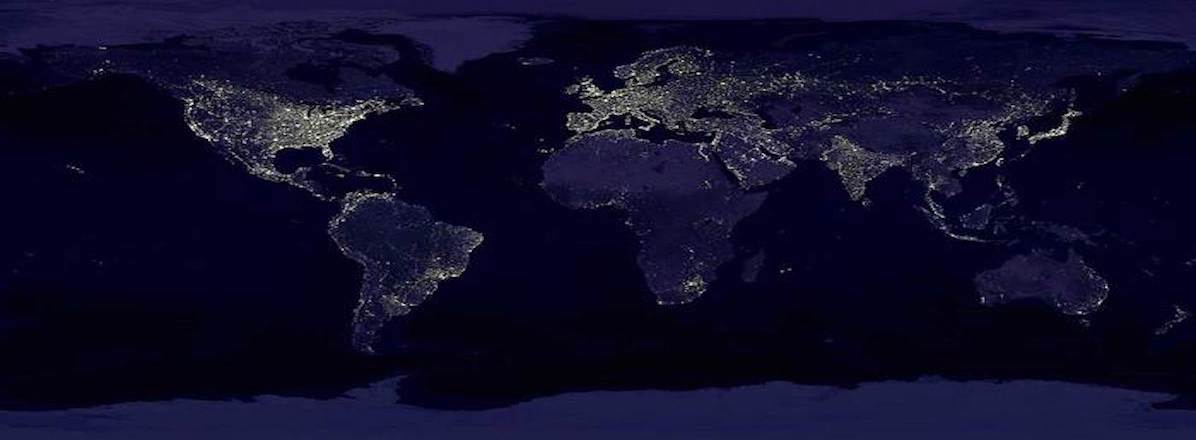A nation must think before it acts.
COVID-19: The Latest Front of the U.S-China Information War
Post by Will Marshall
March 26, 2020
Though previously under fire for attempting to cover up the spread of COVID-19 and implementing what some Western media outlets call “draconian” and “dystopian” measures to contain the virus, Beijing has recently begun to see success in its efforts to contain the spread of COVID-19. Meanwhile, Chinese state-sponsored media has increasingly sought to take control of the narrative around COVID-19 in the global marketplace of ideas, coordinating a targeted propaganda campaign contrasting China’s success in containing the virus’s spread with the escalating public health crisis in the U.S. As the epicenter of the global COVID-19 pandemic has inexorably shifted from China to North America and Europe, U.S. designation of Chinese state-sponsored media organizations as “foreign missions” and China’s decision to expel journalists from several respected American press outlets may only be the opening salvo of a new stage of the U.S-China information war.
Chinese state-controlled media appears to be pushing several preferred narratives about the pandemic, with the overall goal of shifting the international media in Beijing’s favor while simultaneously undermining the U.S. response. Outlets including the Global Times, Xinhua and the People’s Daily have drawn contrasts between America’s lack of available tests and medical shortages and China’s proactive efforts to keep global supply chains running.
Outlets and officials, including vocal Foreign Ministry spokesperson Zhao Lijian have highlighted China’s willingness to provide aid to countries including Spain, Italy, Serbia, Malaysia and the Philippines, praising the Chinese Communist Party for its “boundless kindness” in its global relief efforts. Chinese state-sponsored media outlets, like the People’s Daily and the Global Times, also pushed a conspiracy propagated by Zhao that COVID-19 may have originated with the U.S. Army. (Another People’s Daily story about this conspiracy theory was the most-viewed story on the outlet’s website on March 25.) Read more about the shift in Chinese state media narratives and conspiracies about COVID-19 here.
Ironically, Beijing has propagated the notion that U.S. efforts to confront the virus have been hampered by Washington’s desire to use COVID-19 as a smokescreen to spread their anti-Chinese “political virus.” A Xinhua story labeled U.S. officials as “pernicious and puerile” and argued that smearing others will hinder international cooperation. Chinese state media also latched onto U.S. officials’ controversial labelling of the pandemic as a “Chinese virus.” The People’s Daily retaliated to this rhetoric, condemning the “virus of racism” emanating from the White House and suggesting that COVID-19 had precipitated a systematic stigmatization of Chinese-Americans and Asian-Americans in the U.S.
What is most striking about all of this, however, is how closely China’s battle to control the narrative mirrors U.S. media coverage of the pandemic through the lens of Washington’s own geopolitical interests. U.S. media coverage of U.S.-China tensions about COVID-19 has varied in recent weeks, from speculating that the disease originated from a Chinese high-grade biological weapons facility near Wuhan to drawing attention to Beijing’s early censorship of whistleblower doctors like Li Wenliang to reporting that China may use the pandemic as a smokescreen to fast track the implementation of a police state via mass surveillance.
As the propaganda war appears to be tipping in China’s favor, President Trump has become ever more strident in his desire to lay the blame for the crisis on Beijing’s doorstep, reflecting the bilateral nature of the escalating blame game between the U.S. and China. Even if neither side emerges as a clear winner of the COVID-19 propaganda war, Beijing will benefit from the moral equivalencies drawn between U.S. democracy and Chinese authoritarianism by many commentators, highlighting the “blame game” tactics and inflammatory rhetoric espoused by both sides, which paints two vastly differing governments under one broad brush. As COVID-19 continues to wreak havoc across the globe, U.S. policymakers must remain vigilant not to get drawn into this propaganda minefield.




